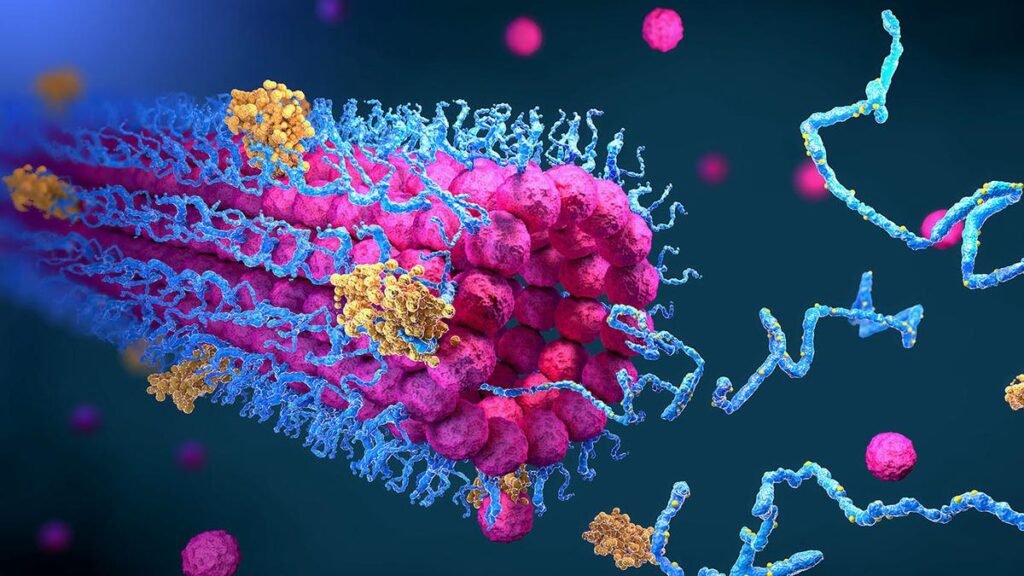Now Reading: connections hint june 2: NYT Connections Hints June 2, 2025: Find the right clues and answers for puzzle #722 in today’s guide
-
01
connections hint june 2: NYT Connections Hints June 2, 2025: Find the right clues and answers for puzzle #722 in today’s guide
connections hint june 2: NYT Connections Hints June 2, 2025: Find the right clues and answers for puzzle #722 in today’s guide

What is NYT Connections?
Following the runaway success of Wordle, the New York Times expanded its puzzle collection by introducing NYT Connections, a daily word association game that has built a solid following. The format is simple yet captivating — a grid of 16 words must be grouped into four distinct categories, each color-coded by difficulty: Yellow (easiest), Green, Blue, and Purple (most difficult).
The game requires players to spot subtle relationships and patterns, making it both intellectually stimulating and addictively fun. Available on both desktop and mobile, NYT Connections has become a daily mental workout for thousands.
Connections Hint June 2: Categories Overview
Puzzle #722 has a mix of thematic and linguistic challenges that are both quirky and thoughtful. If you’re stuck and need a gentle nudge in the right direction, here are the Connections hints for June 2 without giving away too much, as mentioned in a report by Parade magazine:
- Yellow: Common synonyms for a journey or adventure.
- Green: Words that reflect admiration or worth.
- Blue: An unusual linguistic feature — all words with the same sole vowel.
- Purple: A tricky blend involving names ending in a particular letter and merged with standard words.
This layered design ensures that even experienced solvers might pause, reassess, and reattempt the grid multiple times.
Today’s NYT Connections Answers – June 2, 2025
Spoilers ahead: If you’re still solving, stop reading here!Those who’ve tried everything and still find themselves circling the same combinations may now breathe easy. Below are the confirmed answers for today’s New York Times Connections puzzle:
- Yellow Group – Synonyms for a “Trip”:
EXPEDITION, JOURNEY, ODYSSEY, VOYAGE - Green Group – Words That Signify Valuing Something:
HOLD DEAR, ESTEEM, PRIZE, TREASURE, VALUE - Blue Group – Words Whose Only Vowel Is “Y”:
MYRRH, NYMPH, RHYTHM, SPHYNX - Purple Group – Names Ending in “K” Plus a Word:
FRANKINCENSE, JACKPOT, MARKDOWN, NICKNAME
The blue category, involving rare consonant-heavy words like myrrh and sphynx, proved particularly challenging for many, while the purple category tested players’ ability to think phonetically and creatively.
Why Today’s Puzzle Stands Out
While every edition of NYT Connections offers its own flavor, puzzle #722 is especially notable for its use of linguistic oddities and abstract themes. The inclusion of words featuring only “Y” as a vowel introduced a phonetic twist that few anticipated, while the final category combined pop culture and wordplay in equal measure.
FAQs
What is the NYT Connections game?
NYT Connections is a daily word association puzzle by The New York Times where players organize 16 words into four related groups. Each group is color-coded by difficulty: Yellow (easy), Green, Blue, and Purple (hardest).
How does NYT Connections work?
Players must identify patterns or shared characteristics among words, such as synonyms, phonetic similarities, or thematic links, and group them correctly into sets of four.




















































